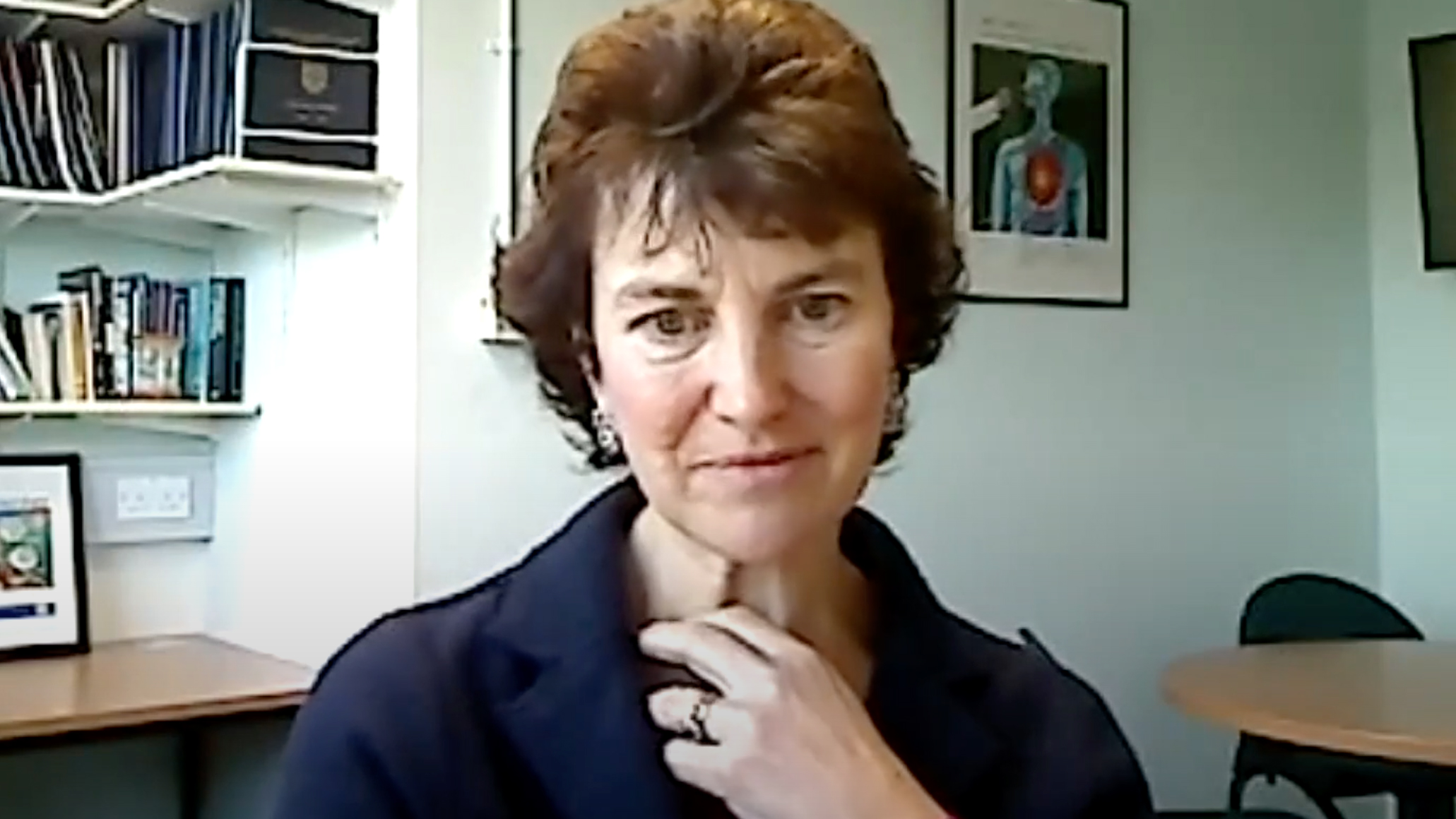By combining adaptive optics with lattice light sheet microscopy and a laser targeting mechanism, researchers have created a microscope technology capable of visualizing the activity of cells within their natural environments. Eric Betzig, PhD, group leader at the Janelia Research Campus at Howard Hughes Medical Institute, along with his colleagues, are aiming to overcome the question of whether researchers can actually believe what they see when imaging cell biology. Until this innovation, cell activity could only be observed outside of its natural settings or bathed in so much light that the cells might be under duress while performing their functions.
Dr. Betzig and his team are currently working to condense the prototype unit which currently occupies a 10-foot long area. Making the machine more affordable is also an obvious goal, but showing its usefulness is an important step along that journey. In the fall of 2018, this research will be moved to University of California, Berkeley as the team works to prepare it for wider dissemination; however, the Janelia Research Campus will still receive the first updated unit.
Some of the microscopy footage shared in this video was captured inside the ear of a zebrafish where immune cells are sweeping along picking up sugar particles (highlighted in blue). Read the article published in Science by clicking here.








